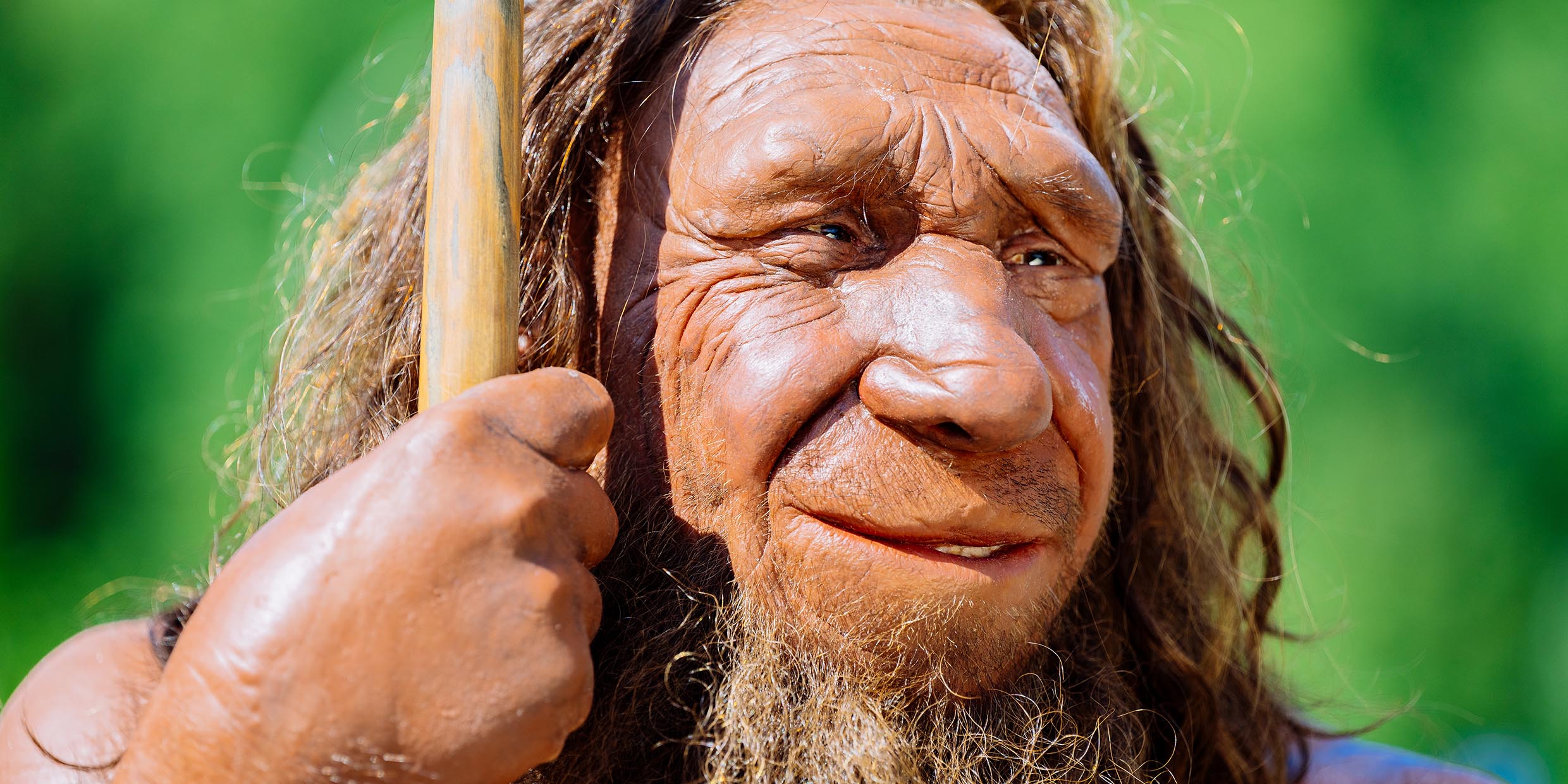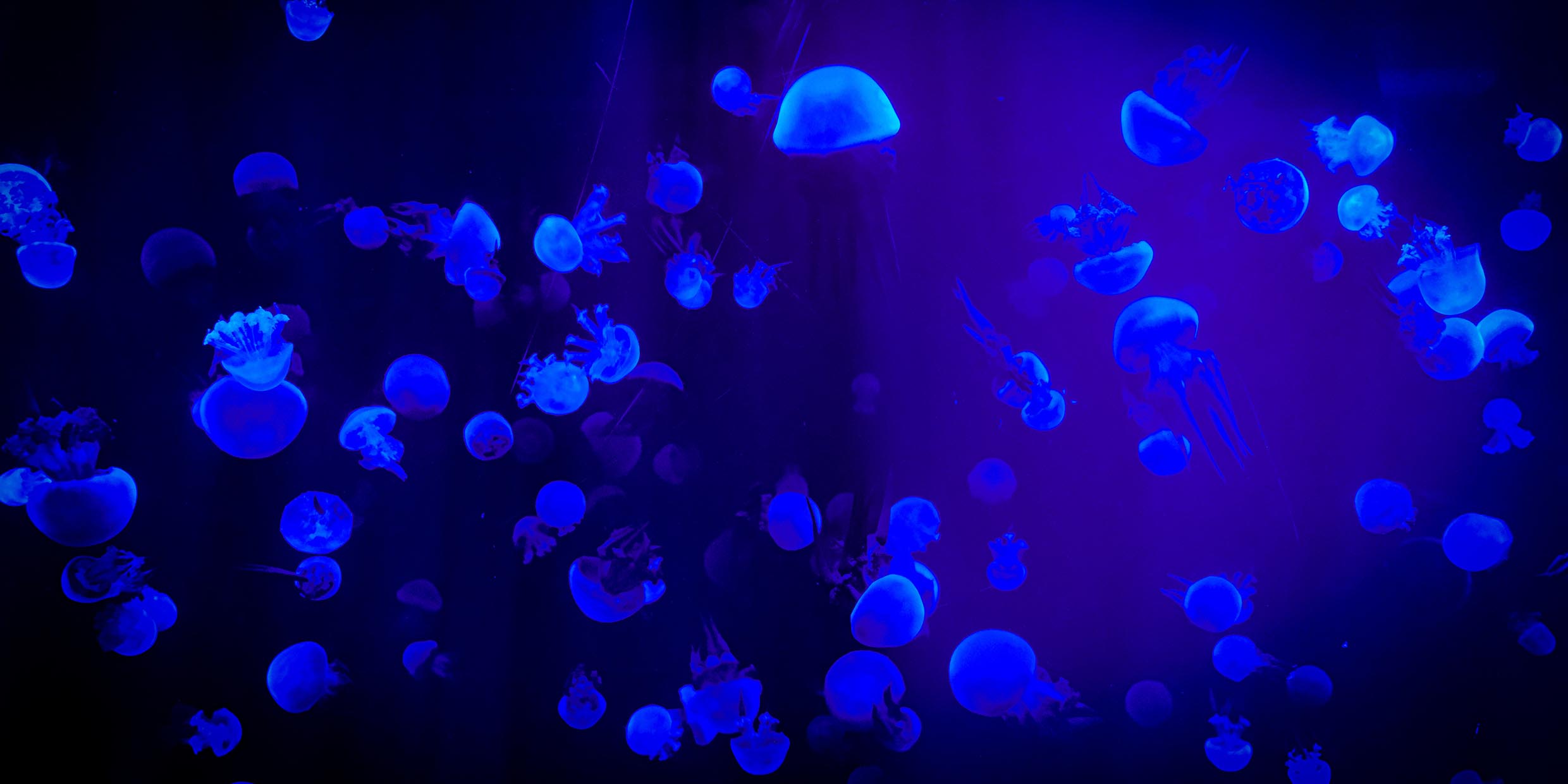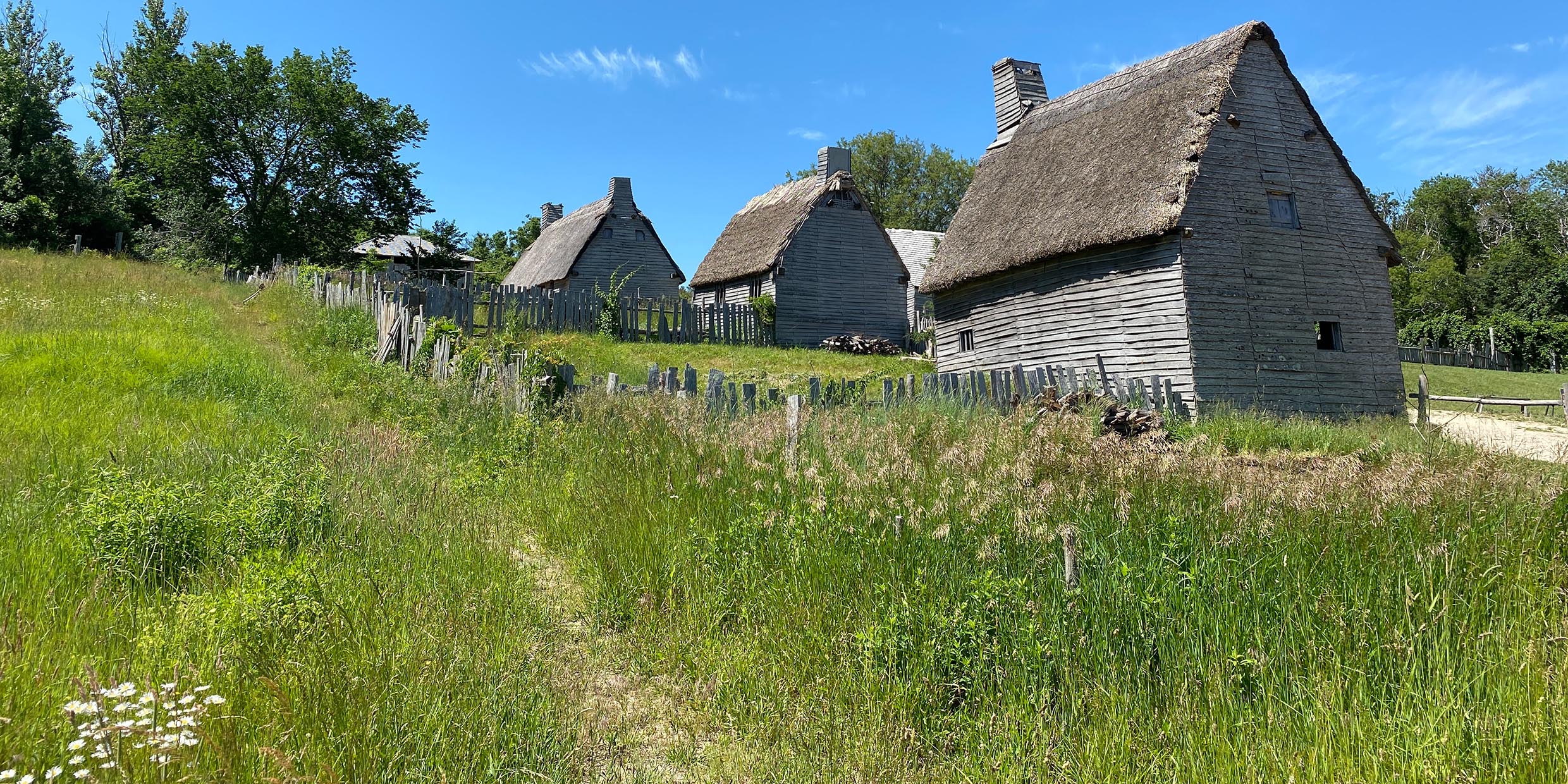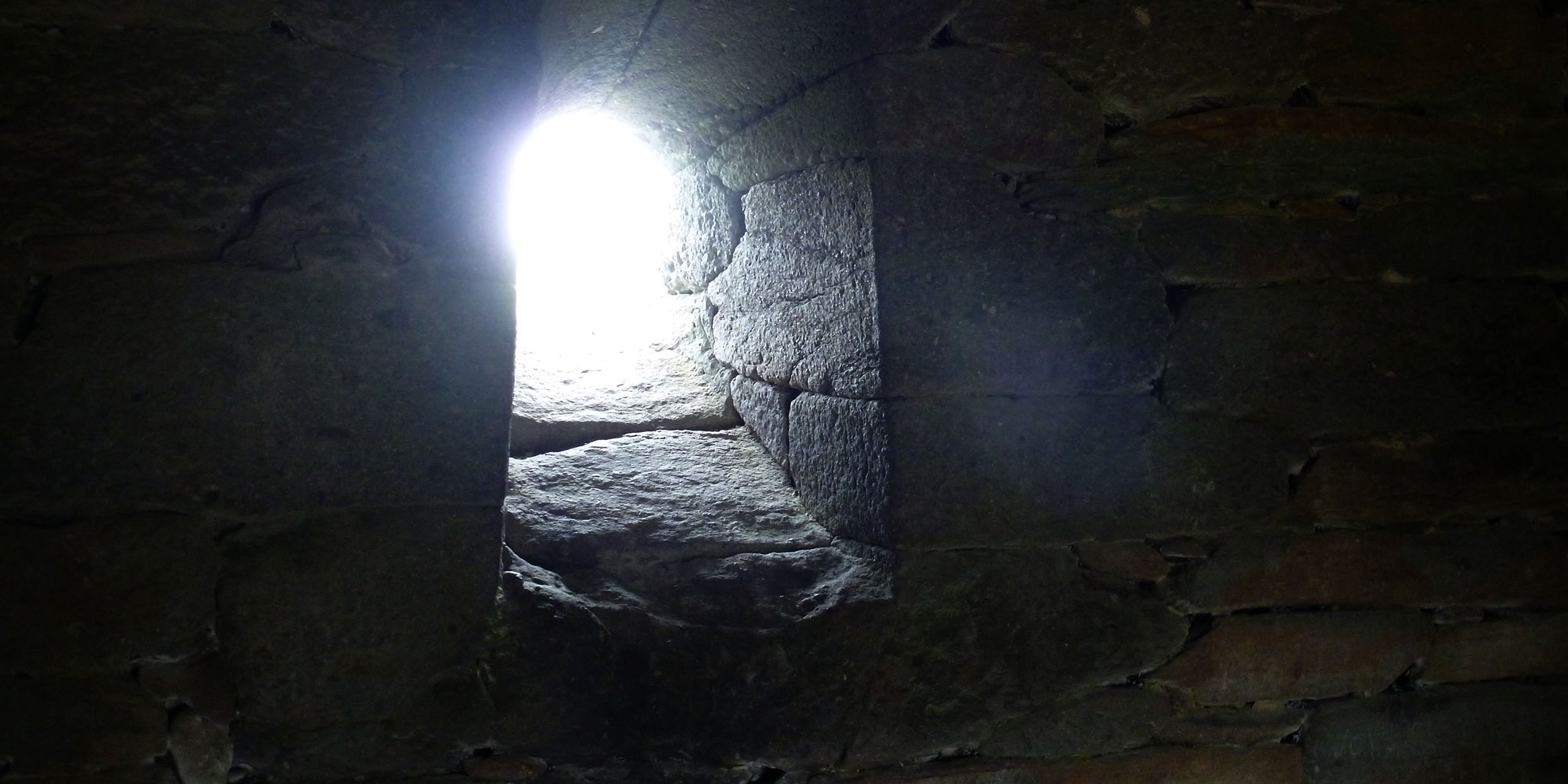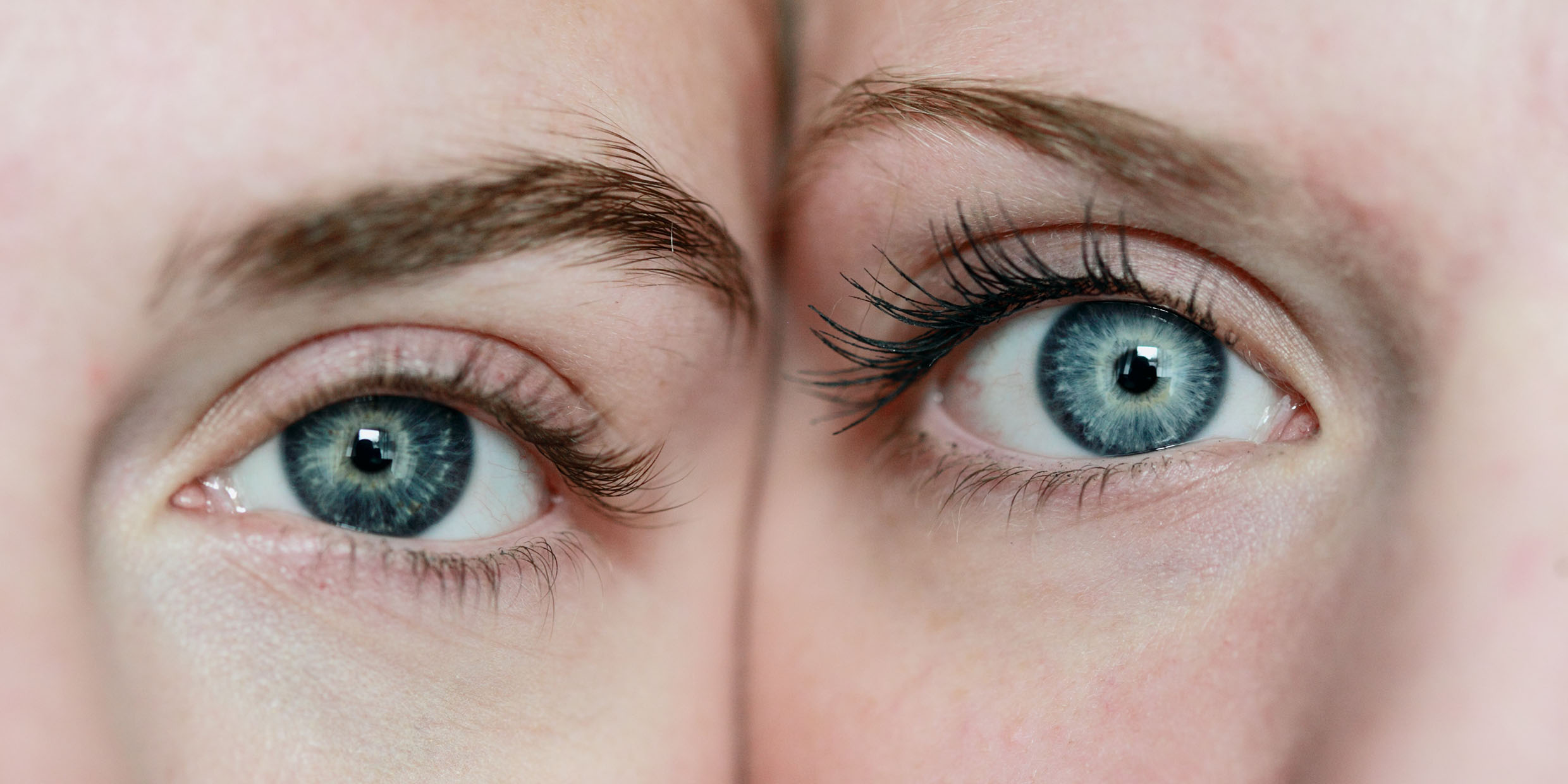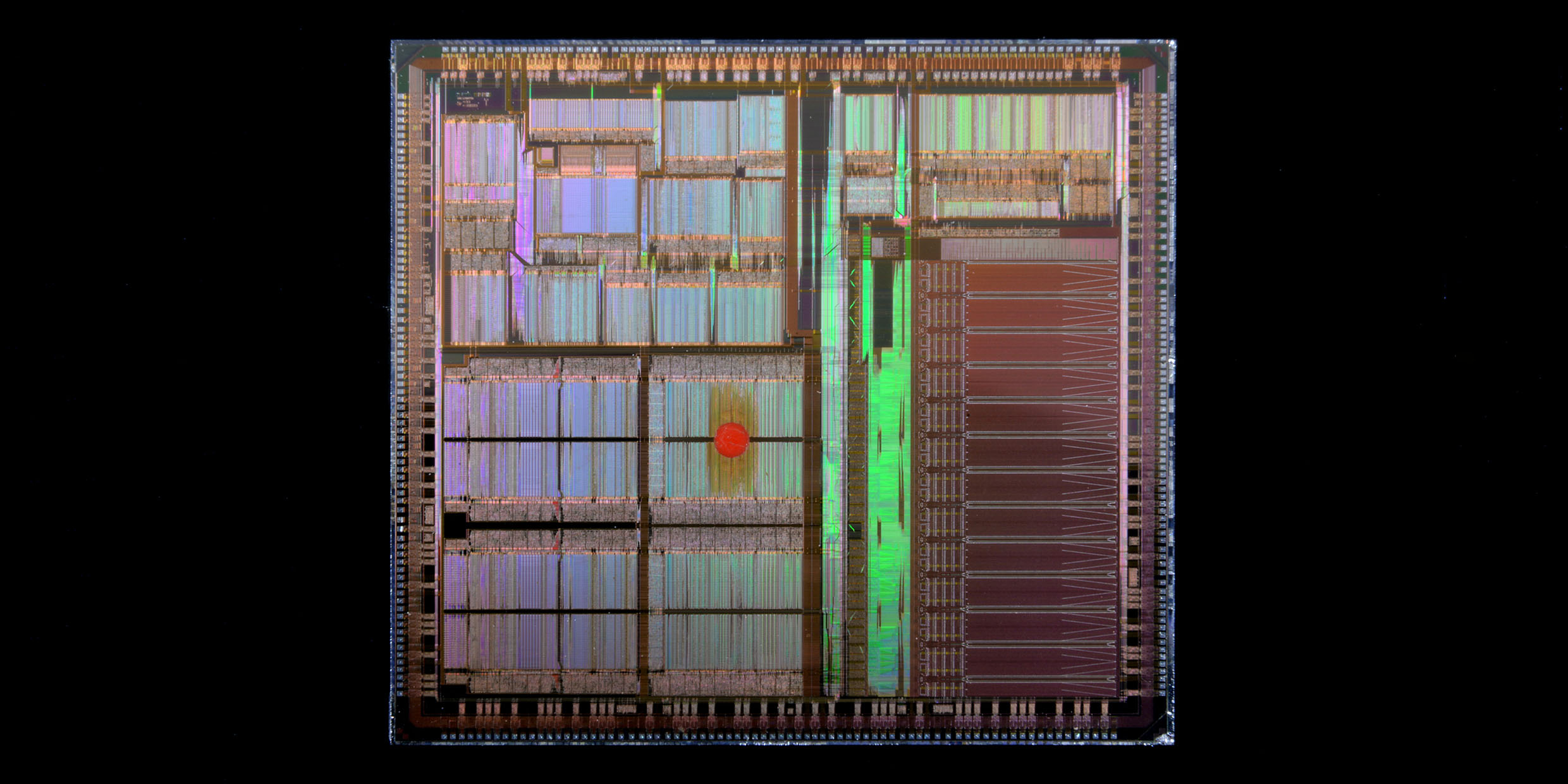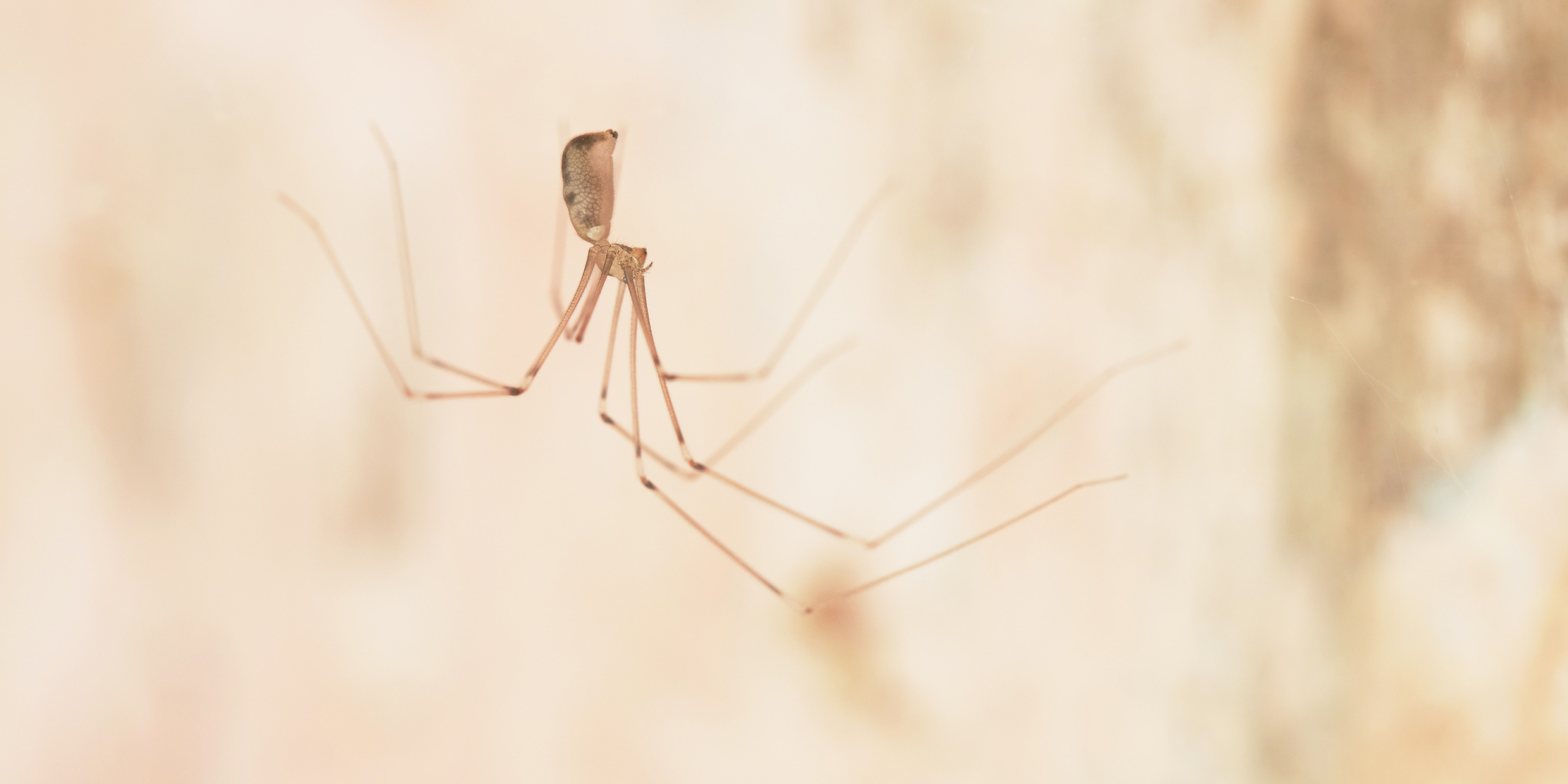Neanderthal. For most people, the word evokes a hulking, hairy, thick-necked brute, a “missing link” sort of creature who occupied a place on the developmental scale somewhere between the gorilla and modern man.
The moment when life ceased to be microscopic
Early in Jules Vernes’ “20,000 Leagues Under the Sea,” Captain Nemo welcomes Pierre Aronnax, professor of natural history at the Paris Museum, aboard his submarine.
From the Pilgrims’ axes, an ethic of squander
Sunlight falls through autumn gold of oaks, maples and hickories, onto a green sub-canopy of sassafras and flowering dogwood, spilling at last onto a sandstone slab, the doorstep of a long-vanished house.
Did Darwin make him do it?
Birds do it, bees do it, even educated fleas do it.
Alone with a sense of wonder
A few weeks ago, in the west of Ireland, I spent a night in the Gallarus Oratory, a tiny 7th-century church of unmortared stone, the oldest intact building in Ireland, probably one of the oldest in Europe.
Thus we behold a deadly beauty
On the evening of March 24, 1882, an unknown country doctor delivered one of the most important scientific lectures of all time to the Physiological Society of Berlin.
Cloning humans: It’s going to happen
Ever since Dolly the cloned sheep made her bombshell debut last year, everyone is asking, “What do you think of cloning?”
Flopping into the future — and past
Are you ready for teraflops? Picoseconds? Wait! Before we get to tera and pico, let’s pause to remember mega and micro.
Life on the water planet
We live on the Water Planet. Nothing confirms this so vividly as a daytime crossing of the Atlantic Ocean at 30,000 feet.
Learning at daddy-long-legs’ knee
For a few months each summer, I live in a cottage in the west of Ireland that is unoccupied for the remainder of the year. When we arrive in June, every nook and cranny is occupied by one or more common cellar spiders, Pholcus phalangioides, sometimes called “daddy-long-legs.”
